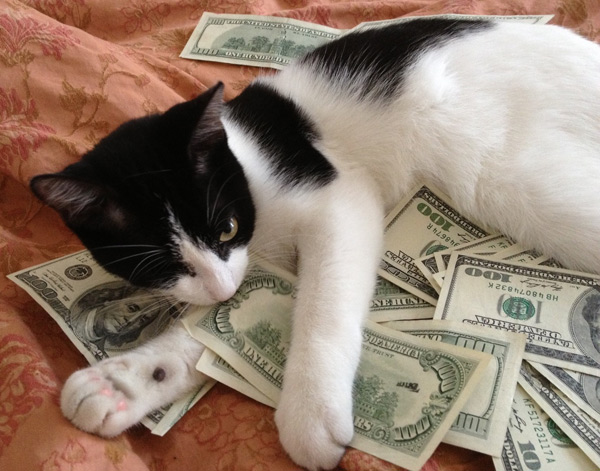 A small confession to start things off: Plot is actually my strong point with writing. Ever since I first started writing, I’ve thought in terms of plot. My earliest stories were basically strings of sentences of “then this happened, and then this happened, and then this happened.” I’ve never had a hard time making things happen in my writing.
A small confession to start things off: Plot is actually my strong point with writing. Ever since I first started writing, I’ve thought in terms of plot. My earliest stories were basically strings of sentences of “then this happened, and then this happened, and then this happened.” I’ve never had a hard time making things happen in my writing.
However, because of my overconfidence in my ability with plot, I’ve overlooked some important elements in constructing an elegant and working plot in a novel that left me handicapped for years. In addition, I tend to construct extremely complicated plots, which puts me right back where I would be if plot wasn’t my strong point. Finally, I know a lot of writers who think more in terms of character and for whom plot is a challenge, so I think an in-depth look at plot could be of use to many of us.
Last week I ended 101 TIWIK by introducing the four elements of storytelling, Plot, Character, Setting and Theme. For the next couple of weeks I’m going to be elaborating on Plot. I’d like to start by going back and defining it.
Last week I told you that plot is what happens. The dictionary definition gets a little more specific:
Plot: the main events of a play, novel, movie, or similar work, devised and presented by the writer as an interrelated sequence.
The important phrase in this paragraph is “the main events.” There are things that happen in a story that aren’t plot, and things that happen which are. A man orders a drink at a bar. The bartender pours. The man slugs it back and orders another. Are these actions plot, or are they just setting a scene?
The answer to that question depends on the second important phrase in the definition: “an interrelated sequence.” What determines if an action in a story is plot is whether it is caused by another plot action, or causes another plot action. You can think of plot actions as a the links in a chain. Consider this story:
A man walks into a bar. He orders a drink. The bartender pours. The man slugs it back and orders another. The bartender pours. The man drinks that one, throws the glass across the room and orders another. The bartender tells him he’s cut off, he’s too drunk. The man argues but the bartender threatens to call the police. The man leaves. He gets into his car. He drives a block and crashes into a tree and is paralyzed from the waist down.
In this story, every action is a link in the plot chain, because every action leads to another action which ultimately leads to the end of the story. Entering the bar led to ordering a drink led to getting drunk led to being forced to leave the bar led to trying to drive led to the crash. Let’s consider adding in another action–say the man hits on one of the waitresses after his first drink. Is this a plot action? The answer is no, because this action doesn’t lead to one of the other actions. This would be an action that reveals character and/or builds the setting.
The more causally linked your plot actions are, the stronger your story will be. Plot events that don’t fit in the chain are often unbelievable to the readers and tend to take the reader out of the story as they try to figure out how the event happened. On the other hand, you may be able to infer to the reader some of the in-between events. In the example above, you could probably cut that story down to: a man ordered a couple of drinks in a bar, smashed a glass, left the bar, drove into a tree and was paralyzed from the waist down. The reader fills in the details.
There are also parts of plot that aren’t necessarily rendered as current actions in the story. For example, you could infer that the man had already had several drinks at a neighboring bar. This is backstory that is causally linked to the current plot.
If plot is giving you headaches, examine your current writing project and apply the plot chain metaphor to it. Can you list out the main events of the story like this? Are there any that don’t lead to any others? Are there any gaps between plot events? Any events that are really important to the story, but happen in isolation from the other events?
Of course, not all stories are as simple as the example above, which is why it’s so important to understand what plot is and how it works. In order to understand how to construct a rock-solid plot, we need to break plot down to the dreaded beginning, middle and end, also known as a three-act structure.
Tomorrow: 101 TIWIK #14: Three Acts, Two Points
This post is part of a series of 101 Things I Wish I’d Known Before I Wrote My First Book. Start reading the series at the beginning.



One thought on “101 TIWIK #13: Plot, Defined”